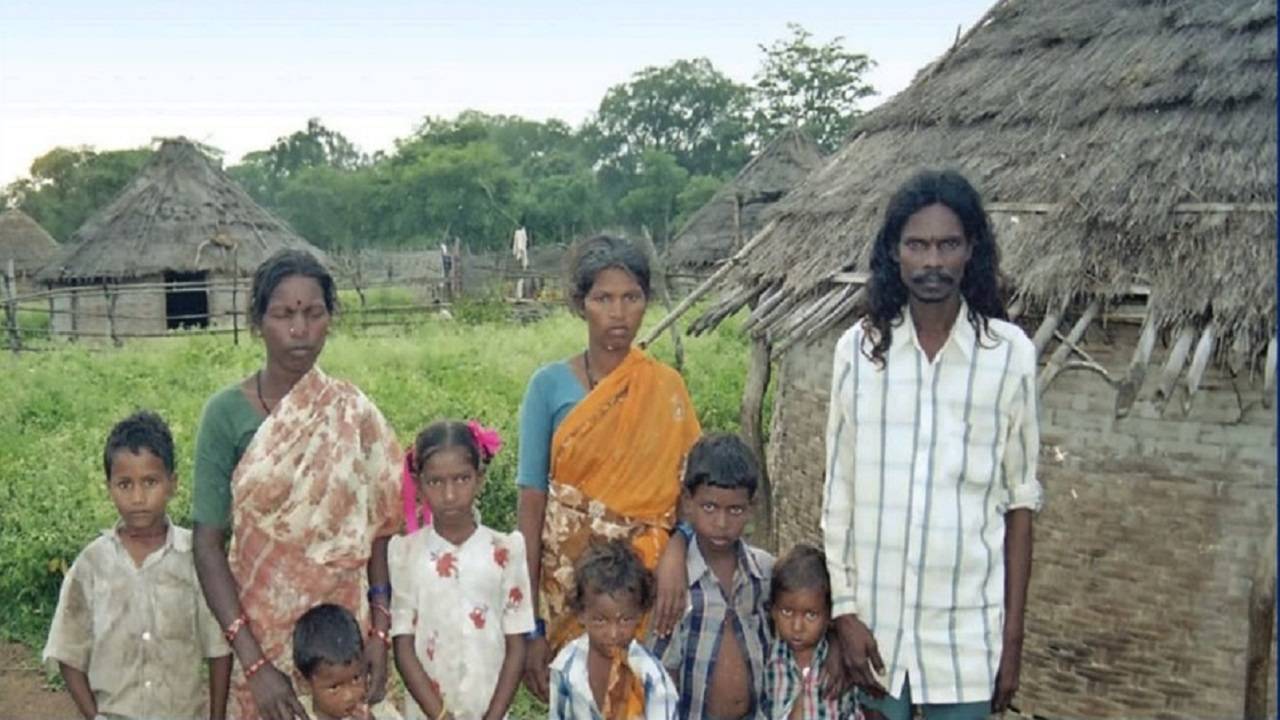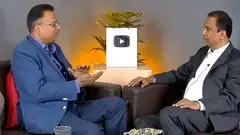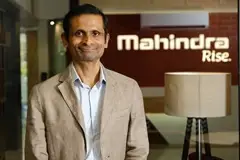
Prof Moni Madaswamy is a man who has spent his entire life as an agriculturist but under different names. He has been the Director General of the National Informatics Centre, Head of the Agricultural Informatics Division in 1995, and Head of e-governance in 2005. The list of entitlements is huge. Combining his huge precision in the agriculture industry from 1987 to 2016, he has come up with a new mission -- Smart Tribal Farming, where a pilot project will be conducted to connect tribals under a well-routed mechanism of digitization.
Why is Smart Tribal Farming Needed?
First and foremost, the declining health of India. Although people are switching to organic products and farmers have also become aware of the harmful effects of pesticides, the quality of soil takes ages to replenish.
“The quality of soil has a direct impact on the plants and animals. Therefore, the fruits and vegetables it produces and the meat or eggs we consume from the animal,” Prof Moni said.
“The minerals in soil control the metabolism of human cells,” he added.
The Green Revolution did meet the requirements of India in the 1970s, however, the condition of the soil has been ruined to a great extent afterward.
“Under this project, health biotechnologists will work on how to make the food healthier,” he said.
What’s the Rescue?
India has at least “1.45 lakh tribal villages, with more than 25 per cent of the Tribal population”, who do practice agriculture but at a very primitive level of the value chain. Under Prime Minister Narendra Modi’s vision to convert these tribal villages into ‘Model Villages’, the Ministry of Tribal Affairs has pronounced its developmental initiatives. The new programme — Pradhan Mantri Adi Adarsh Gram Yojana — would be initiated across India in multiple phases. The first phase will include 36,428 villages, with at least 50% tribal population.
What Will Tribals in India Get?
According to the UN-FAO Report (2014), “Rural youth are the future of food security.” Prof Moni envisions engaging the tribal youth in agriculture so that they not only meet their ends but also learn technology, self-reliance, and better earning opportunities.
India has 2.50 lakh gram panchayats empowered with 29 functional items (as per the 11th schedule of the Indian constitution) and is to be equipped with one AgriTech StartUp per gram panchayat to facilitate digital transformation in agriculture.
A pilot study on Smart Farming will be conducted in a cluster of 10 – 15 tribal villages each, in the States of Maharashtra, Gujarat, Madhya Pradesh, Chhattisgarh, Jharkhand, Odisha, Andhra Pradesh, Telangana, Tamil Nadu, Kerala, Karnataka and UT of Jammu & Kashmir and UT of Ladakh, North Eastern States, in association with local NGOs working in the Tribal Areas.
People have been cynical about the tribals. However, time is changing and they too can build a better life for themselves by being resourceful. The best example could be our president Droupadi Murmu, who was born to a Santali family, in Uparbeda village, in the Baidaposi area of Rairangpur, Odisha. Among other important areas, this too will be covered.
Apart from this, Sher-e-Kashmir University of Agricultural Sciences and Technology of Kashmir (SKUASTK) has shown special interest in working with the tribal belt for Smart Tribal Farming project Initiative,” he said.
These pilot projects will be operationally implemented for a period of three years and the maintenance will function the next two years that will follow.
“I was invited as Professor Emeritus to Shobhit Institute of Engineering and Technology Meerut in 2013 and the first Deemed-to-be University has established a Centre for Agricultural Informatics and e-governance Research Studies (CAIRS),” he said.
How Will SMART Tribal Farming Function?
The need for SMART Tribal Farming is recommended by Dr. Ashok Dalwai’s Committee on Doubling Farmers Income by 2022 Report (2018) of which Prof Moni was part of it. He chaired Volume 11 and Volume 12B Sub-Groups. Volume-12B dealt with Digital Technology in Agriculture (Smart Irrigated Agriculture, Smart Rainfed Agriculture, and Smart Tribal Agriculture). Prof Moni plans to make the young guns in the field digitalized. The youth from the tribals need to learn how to connect with the government schemes and take advantage of them. Apart from local NGOs of that particular area, they will be connected with engineering and agriculture universities to learn about farming.
While India is an agrarian economy, “Tribal agriculture is a sustainable agriculture. We have to work together and tribal girls and boys should not be left behind in the race. It is our responsibility to help them,” he said.
Although the government has taken several initiatives in the past, tribals cannot attain the needful. In fact, Forest Officers and Tribal Development Officers are there to look into their affairs, the connection needs to be built up. “Many components of Tribal Sub Plan (TSP) never reached these people,” he noted.
“The officers do not have a direct connection with them, and with digitalization, there will be fairness as well as connectivity,” he said.
Interviewed by: Aysha Anam














Share your comments